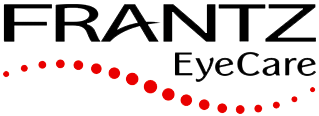There’s little doubt that you have heard of LASIK. It is by far the most popular form of laser vision correction. What not everyone realizes is that it is not the only option available.
There is a range of ways to achieve quality vision without the need for glasses through safe and tested procedures. Keep reading to find out more about laser vision correction procedures!
LASIK
Before we get into the other options, you should know all about LASIK, so that you know what you are comparing them to.
LASIK (short for laser-assisted in situ keratomileusis) is a permanent procedure that reshapes the cornea. The cornea is the thin, transparent tissue at the front of your eye.
It handles focusing most of the light that comes into your eye. The light then reaches the lens where it’s refined to a point on the retina.
Before LASIK begins, you’ll have numbing eye drops inserted into your eyes. This prevents any pain or discomfort during the procedure. After the numbing eye drops spread over the surface of the eye, the procedure can begin. The surgery begins by opening a flap in the cornea’s top layer.
The tissue is left attached so that it will reattach to itself at the end of the surgery. This is why LASIK has such a fast recovery time. After creating the flap, the surgeon uses an excimer laser to remove a tiny amount of tissue. This is removed from the middle layer of the cornea.
Where on the cornea and how much tissue the surgeon removes is determined using computer software. LASIK is popular because it’s safe, effective, and has an easy recovery process.
PRK
PRK (short for photorefractive keratectomy) is a procedure that’s very similar to LASIK. There is only one very big difference.
Rather than creating a flap during PRK, a part of the top layer of the cornea gets removed. This is part of the epithelial layer of the cornea. The flap creation during LASIK is not something suited for some patients. This is especially true for patients that have thinner than normal corneas.
Having thinner corneas makes removing any corneal tissue very risky. This makes a procedure like LASIK too risky for these patients to undergo.
With a procedure like PRK, there is no flap to worry about, which removes any flap complications. PRK has a longer recovery time than LASIK, and a higher risk of infection but comparable results.
RLE
RLE (short for refractive lens exchange) is another form of laser vision correction. Unlike PRK and LASIK, it is not about reshaping the cornea.
Instead, it focuses on replacing lenses with replacement artificial lenses. This is usually because of presbyopia or cataracts. The surgery begins like LASIK, with a flap created in the cornea. Unlike LASIK, the flap penetrates all the way through with RLE.
A device that emits high-frequency sound is used to destroy the natural lens. After removing the pieces of the natural lens, the artificial lens is then inserted.
The artificial lens is important and the only way to guarantee clear vision after RLE. Without a lens, patients cannot see. You will need to discuss your IOL options with your doctor and find out which premium option is best for you.
Considering a laser vision correction procedure? Schedule an appointment at Frantz EyeCare in Fort Myers, FL to discuss your options with one of our doctors!




